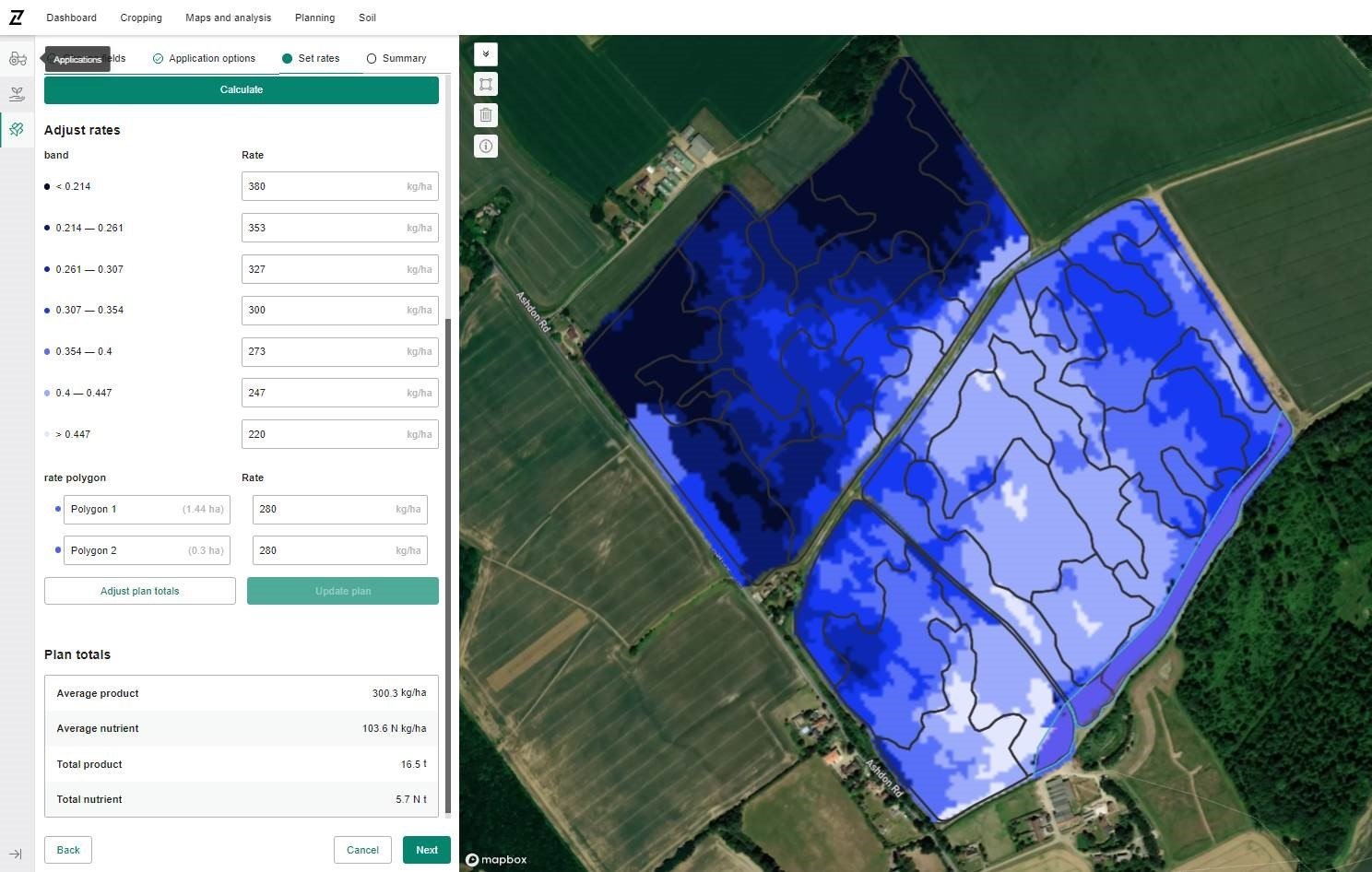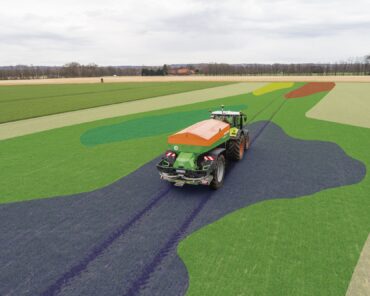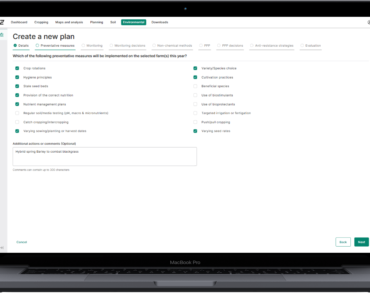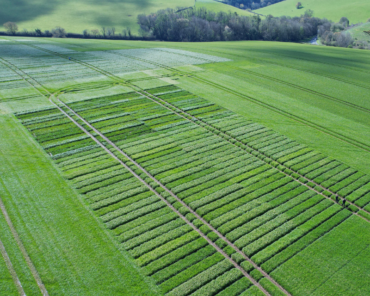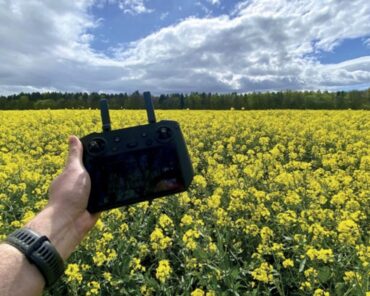How RHIZA’s satellite imagery can help you during the current fertiliser setback
2
DECEMEBER, 2021
Since 1st February 2021, all RHIZA customers will have received satellite imagery as part of their chosen package. Uses of this imagery range from crop walking to variable rate applications, and will undoubtedly be invaluable in understanding where best to focus nitrogen spend this spring.
Firstly, it’s important to understand satellite imagery and what it can demonstrate in the field. Both NDVi and GCVi are indexes of vegetative growth (biomass). These types of satellite imagery are calculated from how much infrared and near-infrared light is reflected from a given area – typically the more light reflected, the higher the biomass of that area. However, it is crucial to remember that this doesn’t necessarily guarantee a higher crop biomass as the presence of weeds will also feed into these index readings. NDVi imagery is suitable for assessing crops earlier in their growth phase (autumn through to mid-spring) but after this point this type of imagery can saturate and lose detail in variation. When saturation occurs, the switch is made to GCVi which is more closely related to the chlorophyll levels within the plant. This allows us to see more detail later in the season and is very useful for protein applications in milling wheats.

Case Study
